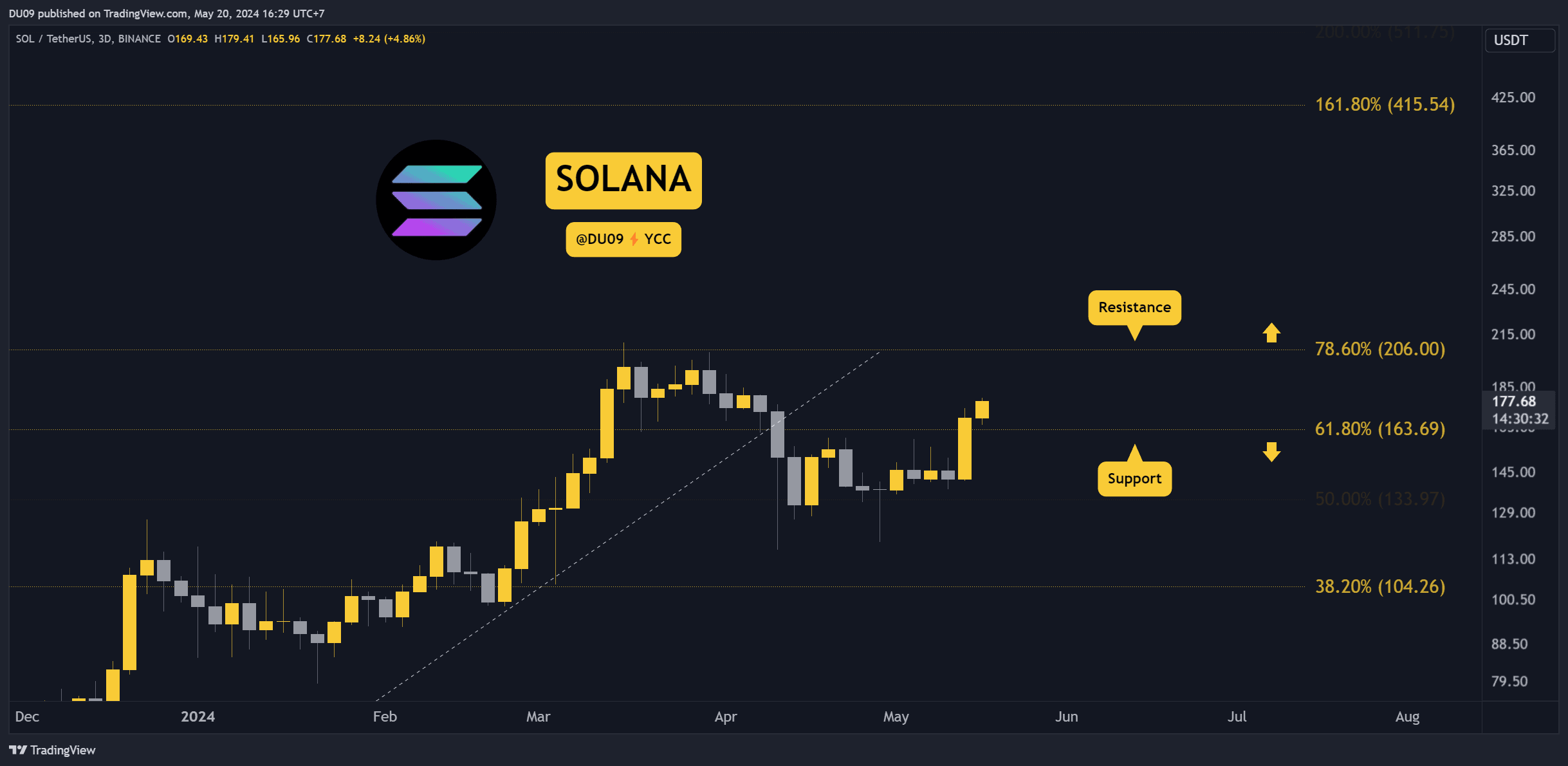This article is part of our exclusive career advice series in partnership with the IEEE Technology and Engineering Management Society.
As you begin your professional career freshly armed with an engineering degree, your initial roles and responsibilities are likely to revolve around the knowledge and competencies you learned at school. If you do well in your job, you’re apt to be promoted, gaining more responsibilities such as managing projects, interacting with other departments, making presentations to management, and meeting with customers. You probably also will gain a general understanding of how your company and the business world work.
At some point in your career, you’re likely to be asked an important question: Are you interested in a management role?
There is no right or wrong answer. Engineers have fulfilling, rewarding careers as individual contributors and as managers—and companies need both. You should decide your path based on your interests and ambitions as well as your strengths and shortcomings.
However, the specific considerations involved aren’t always obvious. To help you, this article covers some of the differences between the two career paths, as well as factors that might influence you.
The remarks are based on our personal experiences in corporate careers spanning decades in the managerial track and the technical track. Tariq worked at Honeywell; Gus at 3M. We have included advice from IEEE Technology and Engineering Management Society colleagues.
Opting for either track isn’t a career-long commitment. Many engineers who go into management return to the technical track, in some cases of their own volition. And management opportunities can be adopted late in one’s career, again based on individual preferences or organizational needs.
In either case, there tends to be a cost to switching tracks. While the decision of which track to take certainly isn’t irrevocable, it behooves engineers to understand the pros and cons involved.
Differences between the two tracks
Broadly, the managerial track is similar across all companies. It starts with supervising small groups, extends through middle-management layers, progresses up to leadership positions and, ultimately, the executive suite. Management backgrounds can vary, however. For example, although initial management levels in a technology organization generally require an engineering or science degree, some top leaders in a company might be more familiar with sales, marketing, or finance.
It’s a different story for climbing the technical ladder. Beyond the first engineering-level positions, there is no standard model. In some cases individual contributors hit the career ceiling below the management levels. In others, formal roles exist that are equivalent to junior management positions in terms of pay scale and other aspects.
“Engineers have fulfilling, rewarding careers as individual contributors and as managers—and companies need both.”
Some organizations have a well-defined promotional system with multiple salary bands for technical staff, parallel to those for management positions. Senior technologists often have a title such as Fellow, staff scientist, or architect, with top-of-the-ladder positions including corporate Fellow, chief engineer/scientist, and enterprise architect.
Organizational structures vary considerably among small companies—including startups, medium companies, and large corporations. Small businesses often don’t have formal or extensive technical tracks, but their lack of structure can make it easier to advance in responsibilities and qualifications while staying deeply technical.
In more established companies, structures and processes tend to be well defined and set by policy.
For those interested in the technical track, the robustness of a company’s technical ladder can be a factor in joining the company. Conversely, if you’re interested in the technical ladder and you’re working for a company that does not offer one, that might be a reason to look for opportunities elsewhere.
Understanding the career paths a company offers is especially important for technologists.
The requirements for success
First and foremost, the track you lean toward should align with aspirations for your career—and your personal life.
As you advance in the management path, you can drive business and organizational success through decisions you make and influence. You also will be expected to shape and nurture employees in your organization by providing feedback and guidance. You likely will have more control over resources—people as well as funding—and more opportunity for defining and executing strategy.
The technical path has much going for it as well, especially if you are passionate about solving technical challenges and increasing your expertise in your area of specialization. You won’t be supervising large numbers of employees, but you will manage significant projects and programs that give you chances to propose and define such initiatives. You also likely will have more control of your time and not have to deal with the stress involved with being responsible for the performance of the people and groups reporting to you.
The requirements for success in the two tracks offer contrasts as well. Technical expertise is an entry requirement for the technical track. It’s not just technical depth, however. As you advance, technical breadth is likely to become increasingly important and will need to be supplemented by an understanding of the business, including markets, customers, economics, and government regulations.
Pure technical expertise will never be the sole performance criterion. Soft skills such as verbal and written communication, getting along with people, time management, and teamwork are crucial for managers and leaders.
On the financial side, salaries and growth prospects generally will be higher on the managerial track. Executive tiers can include substantial bonuses and stock options. Salary growth is typically slower for senior technologists.
Managerial and technical paths are not always mutually exclusive. It is, in fact, not uncommon for staff members who are on the technical ladder to supervise small teams. And some senior managers are able to maintain their technical expertise and earn recognition for it.
We recommend you take time to consider which of the two tracks is more attractive—before you get asked to choose. If you’re early in your career, you don’t need to make this important decision now. You can keep your options open and discuss them with your peers, senior colleagues, and management. And you can contemplate and clarify what your objectives and preferences are. When the question does come up, you’ll be better prepared to answer it.





